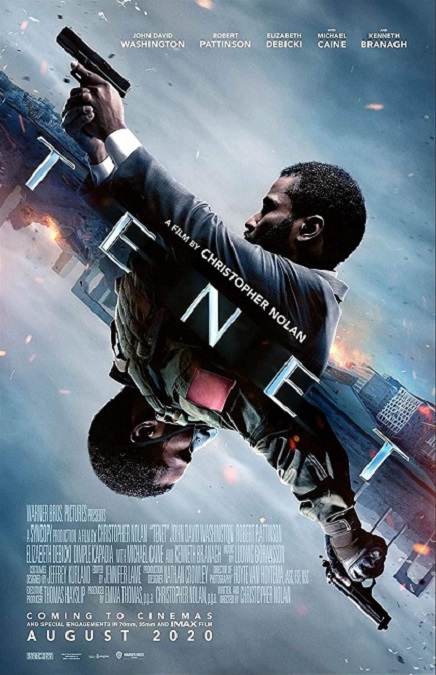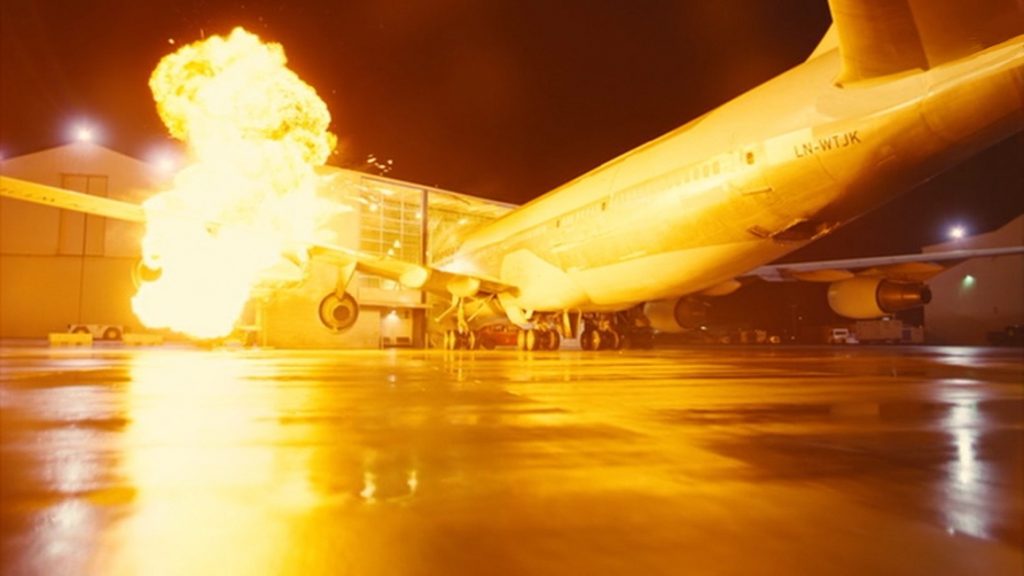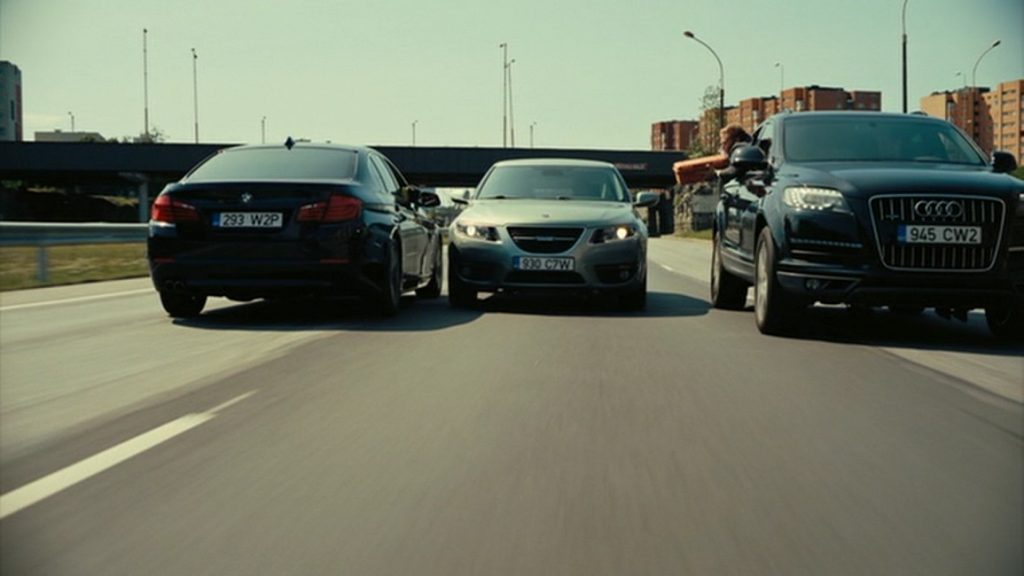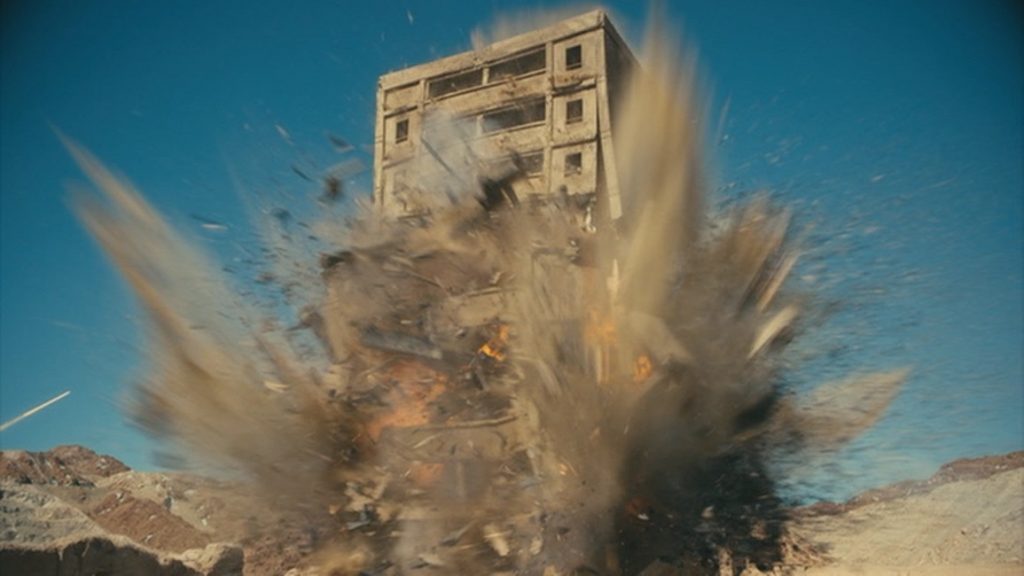



Tenet – 2020-21

This movie’s visual effects really deserved the Oscar they took home, and for several very specific reasons. The visual effects were obvious when they were shown on the screen, which usually is a bad thing. Normally, some of the best visual effects are the ones you can’t see. But here, the opposite is true. As part of the movie’s fantastic plot, you are supposed to be able to see everything, and they made all the strange and unnatural images look perfectly natural and realistic. And due to the nature of these effects, it was an amazing feat of filmmaking.
What I mean is that some images in the film were moving forward in time, while others that were on the screen at the same time, were moving in reverse, which the film called inverted. The hole in the glass becomes whole before the gun is fired, and the inverted bullet shoots back into the barrel of the weapon, while at the same time, a non-inverted man ducks to avoid the reversed shot, knowing where the bullets are coming from, because of the holes in the wall. It was honestly, a little confusing from a plot perspective, but also from a visual perspective.
And speaking of perspective, we’ve all seen movies that show you a scene from one perspective, then later in the movie, we see the exact same scene from a different perspective. But here, this is done with one going forward in time, and one going backward. The perfect example is shown in one of the film’s most exciting action scenes: a car chase on a motorway. The drivers come upon a crashed car which picks itself up and flips back onto its wheels, then starts speeding in reverse in the same direction as the drivers. Later, we see the same scene from within the un-crashed vehicle, as it is driving forward, and the other cars are moving in reverse!
But it all looked pretty… natural. So how was it done? How did they film a fight scene with a regular man and an inverted man? One trick they used was to decide, in a given shot, which actor had to fall. Since that can’t be actually done in reverse, they had the other actor do the scene in reverse. Many actors and stunt teams had to learn their movements backwards and forwards.
There was another great scene near the film’s climax in which a building is both exploded and imploded at the same time. To accomplish this, two buildings were constructed, one of them an exact replica of the other. They were both detonated and filmed from matching camera angles. Then they played one of the films in reverse, and composited it together with the other footage. Mesmerizing!
But for all this movie’s amazing visuals, very little CGI was used, compared to its contemporaries. Most films of this genre use about 2,000 effects shots. This one, thanks to director Christopher Nolan, only had around 300, which makes the Oscar win that much more impressive. The rest were just amazing practical effects.